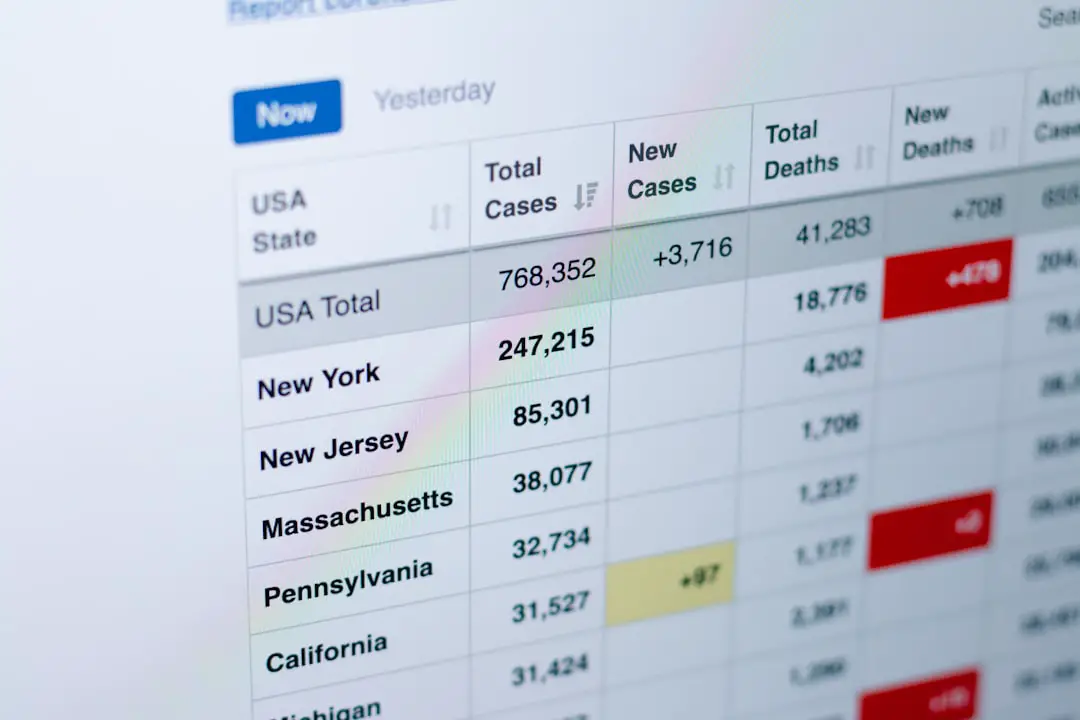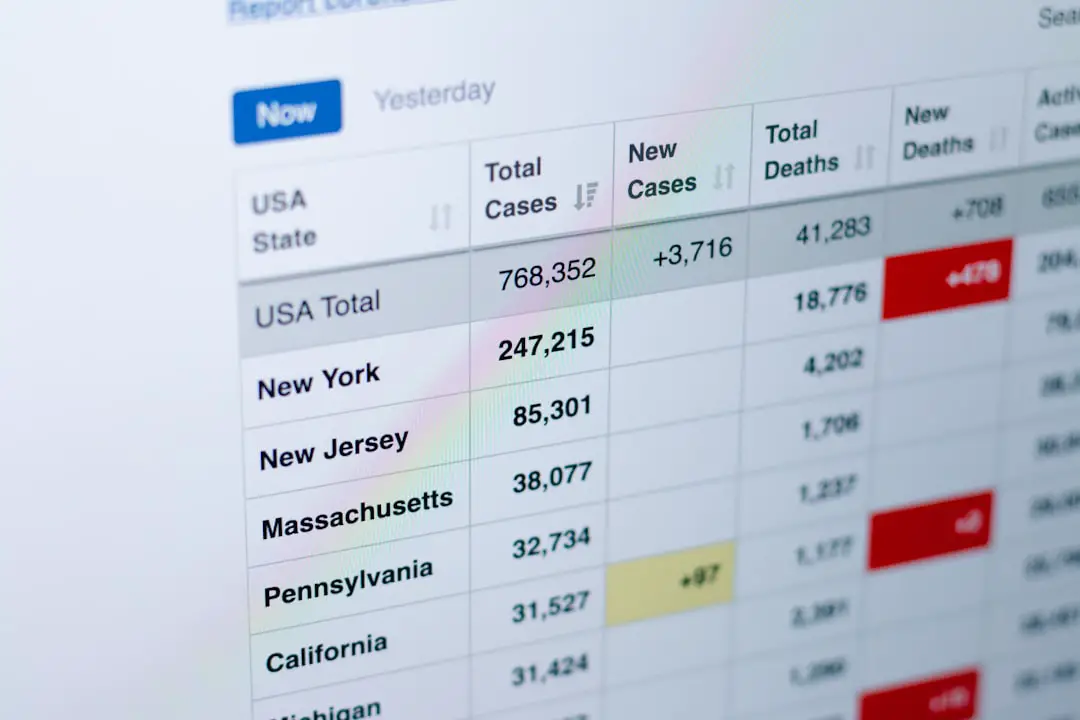In the constantly evolving landscape of digital marketing, having a highly performant and reliable website is not just an advantage—it’s a necessity. Modern marketing sites are no longer static pages; they are complex, data-driven platforms designed to engage users, measure interactions, and drive conversions. To ensure optimal performance, marketers and developers must embrace robust logging and observability practices that allow them to monitor site behavior, diagnose issues swiftly, and optimize user journeys in real time.
Why Logging & Observability Matter for Marketing Sites
At first glance, logging and observability may seem like concepts best reserved for backend systems or high-load applications. However, marketing sites benefit tremendously from these practices, especially as they become more interactive and dynamic thanks to personalization engines, content management systems, and client-side analytics.
Key reasons why logging and observability are critical include:
- Immediate issue detection: Helps identify problems such as 404s, slow load times, or server errors before users report them.
- User experience tracking: Observing how users interact with a site can uncover friction points invisible through standard analytics.
- Conversion optimization: Logs can provide granular insight into form errors, broken CTAs, or failed API calls that contribute to lost sales.
- Security and compliance: Continuous logging ensures accountability and transparency, key for compliance with regulations like GDPR and CCPA.

Defining Logging and Observability
Though often used together, logging and observability are distinct but complementary concepts.
Logging refers to the practice of recording discrete events that happen in the application. For a marketing website, these may include user logins, button clicks, page loads, or failures in serving dynamic content.
Observability, on the other hand, is a broader concept that describes the ability to understand internal system states from these external outputs (like logs, metrics, and traces). An observable system allows developers and marketing teams to ask complex questions about system behavior and get answers without deploying new code or adding new instrumentation.
Components of an Observability Stack
Building a mature observability practice involves integrating several components that work together to provide full visibility into your marketing site’s performance and usage.
The three pillars of observability are:
- Logs: As mentioned, these are timestamped event records. Structured logging, often in JSON format, is ideal for automated querying and correlation.
- Metrics: Aggregated numeric data describing system performance over time—such as page load speeds, time to first byte (TTFB), bounce rates, and API response times.
- Traces: End-to-end, contextual traces of how a request traverses various components in the stack, useful for diagnosing latency or broken user flows.
Combining these pillars within tools like Datadog, Grafana, Splunk, or the open-source ELK stack (Elasticsearch, Logstash, Kibana) empowers teams to act on real-time insights.
Practical Logging Strategies for Marketing Sites
Implementing logging effectively doesn’t mean capturing everything—it means capturing the right things in the right way. For marketing websites, consider the following best practices:
- Structured logging: Use consistent formats like JSON to make log parsing and visualization easier.
- Front-end event logging: Track critical user actions such as form submissions, clicks on CTAs, and interactions with modals or carousels.
- Backend error logging: Capture server-side failures, third-party API errors, and data processing issues.
- PLG (Product Led Growth) signals: Log key usage metrics that hint at user intent and engagement, such as email signups or downloads.
- Exclude sensitive data: Ensure PII is either excluded or anonymized to stay compliant with privacy regulations.
Making Your Marketing Site Observable
To move from basic logging to full observability, concentrate on creating a feedback loop that provides context around your site’s performance and user engagement.
Key steps include:
- Instrument client-side scripts: Use tools like Google Tag Manager, Segment, or custom JavaScript for logging interactions and sending data to your observability platform.
- Set performance indicators: Define SLIs (Service Level Indicators) like average page load times, conversion rates, or broken link frequency.
- Enable distributed tracing: Trace data as it moves between your CMS, third-party APIs, and frontend elements to understand end-to-end performance.
- Create dashboard alerts: Set automated alerts based on thresholds (e.g., a spike in 500 errors or drop in conversions) to act quickly.

Real-World Scenarios Where Logging & Observability Add Value
Consider the following real-life situations where logging and observability saved the day for marketing teams:
- A/B test misconfigurations: Logging helped one team identify that half of their audience was served a variant with a broken CTA, leading to corrective action within hours.
- Third-party service outages: A major form provider went down, but traces identified the exact failure point, allowing the team to switch to a fallback until service was restored.
- Unexpected SEO drops: Log-based anomaly detection revealed 404s on formerly high-ranking pages after a CMS update, prompting quick URL restoration.
Integrating Observability into the Marketing Workflow
Observability should not be an afterthought bolted onto a launch checklist; it must be integrated into the entire lifecycle of marketing site development and optimization.
Ways to embed observability into your process:
- During development: Instrument test environments with observability tools to catch issues before deployment.
- During release cycles: Monitor deployment logs for anomalies. Use blue/green deployments or feature flags to control risk.
- Post-launch: Regularly audit performance metrics and error logs during campaigns, promotions, and traffic spikes.
- Continuous feedback: Encourage cross-functional collaboration between marketing, UX, and engineering based on unified observability data.
Common Pitfalls to Avoid
Like any technical practice, improper implementation of logging and observability can be counterproductive. Here are some common missteps to avoid:
- Capturing too much data: Logging every minor event or rendering trace can overwhelm storage and complicate analysis.
- Lack of standardization: Inconsistent naming conventions or log structures impede meaningful insights and automation.
- Ignoring front-end visibility: Backend-only logs miss vital information about user experience and browser behavior.
- Failing to monitor success metrics: Focusing purely on errors without tracking what’s going right can hinder optimization.
Final Thoughts
The importance of logging and observability in the context of marketing websites cannot be overstated. These tools provide transparency, accountability, and actionable intelligence—not just for IT operations but for marketing performance itself. As the boundaries between development and marketing continue to blur, investing in structured, intentional observability practices can directly contribute to business goals by ensuring better user experiences, deeper insights, and more resilient digital platforms.
By making your marketing site observable, you’re not just preparing for the worst-case scenario—you’re unlocking a smarter, more proactive way of understanding and improving how audiences engage with your brand online.
In short, logging and observability are not just technical concerns—they are strategic enablers in the modern marketer’s toolkit.

